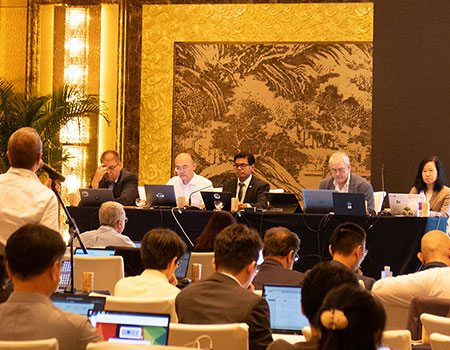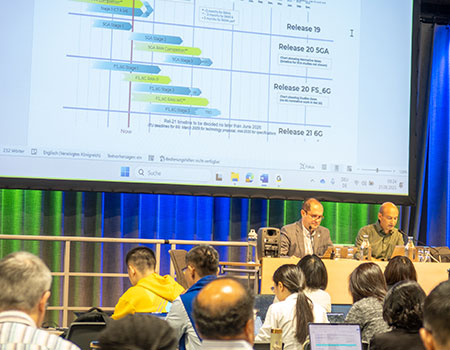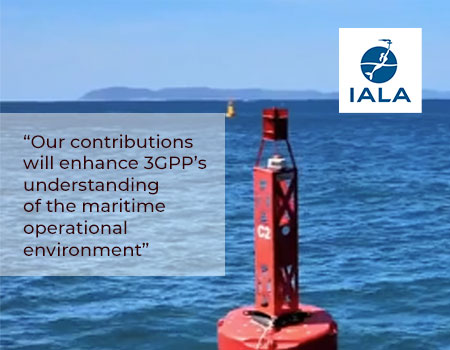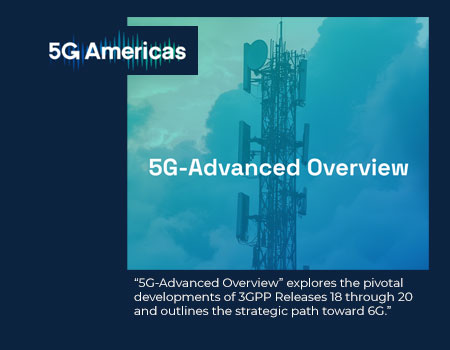On December 4, 2023 we celebrate the 25th Anniversary of the signing of the 3rd Generation Partnership Project Agreement, which followed on from discussions between Asia, Europe and North America’s telecommunications standards bodies around a “Partnership Project Description”, containing the basic principles and ideas on which the project is based.
The original scope of 3GPP in 1998 was to produce specifications for a 3G Mobile System based on evolved GSM core networks and the radio access technologies that they supported.
Some early landmarks:
1999 | ITU approved five IMT-2000 terrestrial radio interfaces for the 3rd Generation of mobile networks: WCDMA (3GPP), CDMA2000, TD-SCDMA, EDGE (3GPP), ETSI DECT. |
2001 | Early 3G releases (Rel-99 and Rel-4) see UMTS ready for implementation. Multiple Input Multiple Output antennas (MIMO) work starts |
2002 | Rel-5 introduces the IP Multimedia Subsystem (IMS) and High Speed Downlink Packet Access (HSDPA). |
2003 | Rel-6 included enhancements to the Multimedia Messaging Service (MMS), 3G/WLAN interworking. |
2007 | Rel-7 – sets UE Performance Requirements for MBMS. |
In time, the 3GPP Scope was amended to include the maintenance and development of the Technical Specifications and Technical Reports for evolved 3GPP technologies, beyond 3G.
Some landmarks on the way to 4G:
2009 | Rel-8 – first LTE Release completed; Evolved UTRAN + Evolved Packet Core (EPC). |
2010 | Rel-9 – VoLTE, eHNB for indoor and EMBS broadcast specifications approved. |
2011 | Rel-10 – LTE-Advanced brings Carrier Aggregation & HetNets; with improvement at cell-edge via enhanced Inter-Cell Interference Coordination (eICIC). |
2012 | ITU approves IMT-Advanced terrestrial radio interfaces for the 4th Generation of mobile networks: 3GPP LTE Release 10 & Beyond and IEEE WirelessMAN-Advanced (802.16m). |
2013 | Rel-11 Enhanced downlink control channel (E-PDCCH), Work on avoiding overloading networks with Machine-Type Communications (MTC). |
2015 | Rel-12 – First ‘vertical’ industry joins: Mission critical experts look to take-up Device to Device (D2D) and Proximity Services features. Work on WiFi integration. |
3GPP - 5G Workshop held in Phoenix. Over seventy presentations contributed to the discussion, covering the full range of requirements that will feed TSG RAN work items for the next five years. | |
2016 | Rel-13 – LTE in unlicensed spectrum, Mission-critical Push-To-Talk. Creation of the LTE-Advanced Pro brand, to promote progress on features for professional user services. |
2018 | Rel-14 – Improvements of the Mission Critical (MCx) aspects, Vehicle-to-Everything (V2X), improvements for Cellular IoT, eLAA, 4 band & inter-band Carrier Aggregation. |
Throughout, our mission has been to create a Mobile Broadband Standard. However, with the network now a vital part of the internet of things – whether for ultra-reliable low latency communications at one end of the scale or for energy efficient low-cost, low-power sensors and devices at the other – there is now a need for the right level of service at the right time.
The 5G and LTE-Advanced ecosystem is facilitating network evolution, at the appropriate rate of change for market demands.
For 25 years 3GPP has allowed a high degree of compatibility with the legacy 3GPP infrastructure and equipment. This continuity has delivered on the promise of the early 3G system, creating a global ecosystem that has developed to support an ever growing number of users’ needs.
Some 5G advances:
2019 | Rel-15 – first release of 5G-NR ready for implementation, in non-standalone networks. |
2020 | Rel-16 – 3GPP finalizes contribution for IMT-2020, submitting a single Radio Interface Technology (RIT) and combined Sets of 3GPP Radio Interface Technologies (SRIT). |
2021 | The complete 3GPP 5G proposal accepted by the ITU-R in ‘Detailed specifications of the radio interfaces of IMT-2020.’ (ITU-R M.[IMT-2020.SPECS]). |
2022 | Some important Rel-17 projects alongside 5G enhancements were: Reduced capability NR (Redap), NR to 71GHz, Non terrestrial Networks (NTN), IoT over NTN, RF reqs for NR FR2, Support for uncrewed aerial systems, Support for edge computing in 5GC, Proximity-based services in 5GS, Access traffic steering, switch and splitting (ATSSS), Support for the Industrial IoT, Advanced V2X... |
2023 and early 2024 will bring the completion of the latest Rel-18 features, as plans are put in place for Rel-19 – which will bring more 5G-Advanced projects into play.
A 6G timeline is also under discussion, but more on that later.
KF

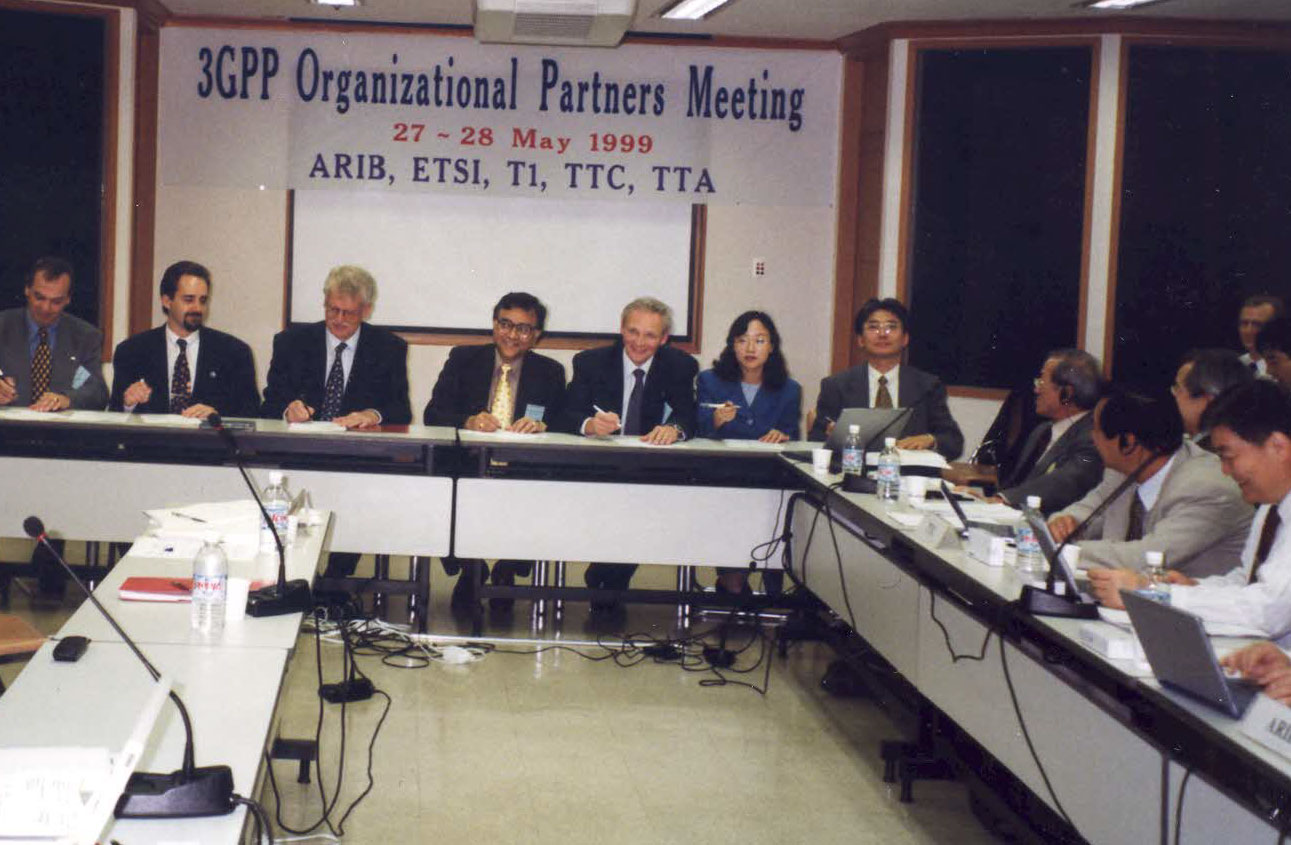
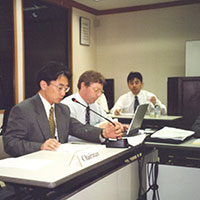
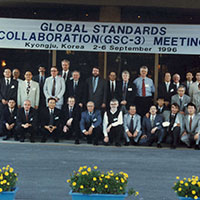
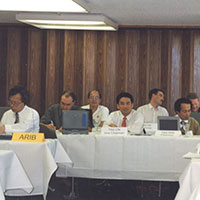


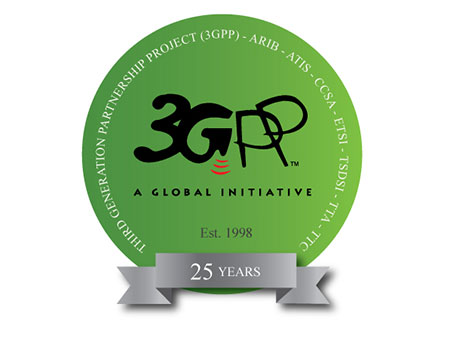
 3GPP News
3GPP News
